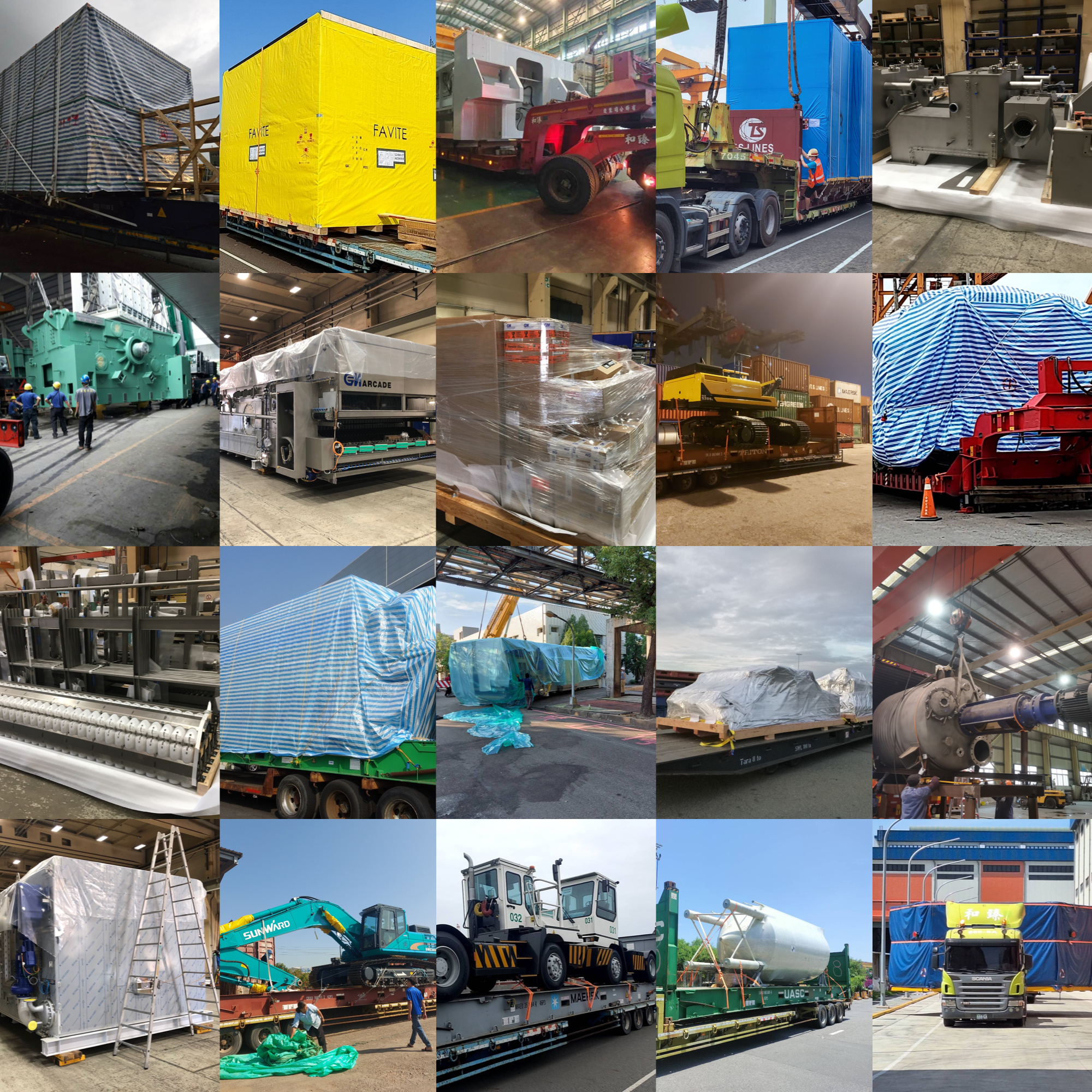Considerations when setting the starting and unloading points of the machine equipment
1. Structural strength and hanging point design
• Are there designed lifting lugs (lifting rings) or dedicated lifting points?
→ The lifting and unloading points should be located at the position where the equipment structure is most stable, and the lifting points preset by the manufacturer should be used first.
• Is the equipment's weight evenly distributed?
→ Avoid eccentric lifting, otherwise it may cause the equipment to rotate, tilt or deform.
2. Center of gravity
• Is the center of gravity clearly marked? Is it estimable?
→ Ensure that the distribution of hanging points can stably support the center of gravity. It is recommended that the hanging points be arranged symmetrically in an equilateral triangle or rectangle.
• Is the device shape asymmetrical?
→ For equipment with special shapes, simulated hanging calculations or trial hanging adjustments must be performed first.
3. Torque and stress distribution during hanging process
• Will it cause the body to bend or deform?
→ Avoid concentrating the hanging force on a single weak structure to avoid stress concentration or torque generation.
• Are auxiliary lifting equipment (e.g. beam hangers, diverters) required?
→ For long or large equipment, use a hanging beam to share the force and reduce deformation.
4. Equipment surface and installation accessories
• Will the hanging point put pressure on the casing, wiring, and pipes?
→ Avoid hanging the sling directly on vulnerable areas or squeezing vulnerable areas, such as control panels, machine boxes, oil pipes, electric control boxes, etc.
• Do exposed parts need to be removed first?
→ Certain sensitive or protruding parts (such as sensors and displays) must be removed or protected.
5. Equipment installation posture and landing method
• Is there a clear requirement for landing location and direction?
→ When lifting, the final landing direction should be considered to avoid secondary adjustments that increase risks.
• Is side-lying, reclining, or does the patient need to remain upright?
→ For example, compressors and motors may have oil seals and lubrication direction restrictions.
6. Manufacturer's recommendations and drawings
• Have you consulted the equipment manual or technical drawings?
→ Manufacturers usually provide lifting recommendations, lifting point locations and necessary tools, which should be followed first.
Recommend additional tools
Item Description
Lifting point configuration diagram Ensure lifting balance and correct angle to avoid accidental deflection.
Lifting test report Before lifting large equipment, a simulated trial lift or calculation verification can be carried out.
Equipment center of gravity diagram Convenient and quick to set the sling length and angle.

